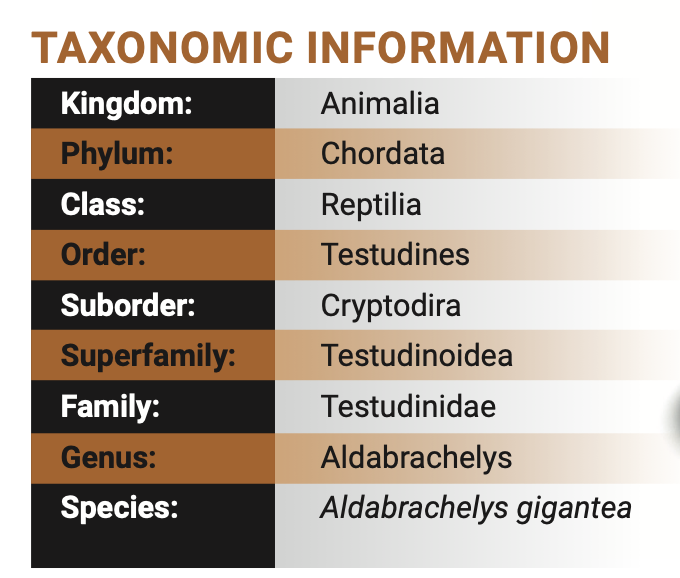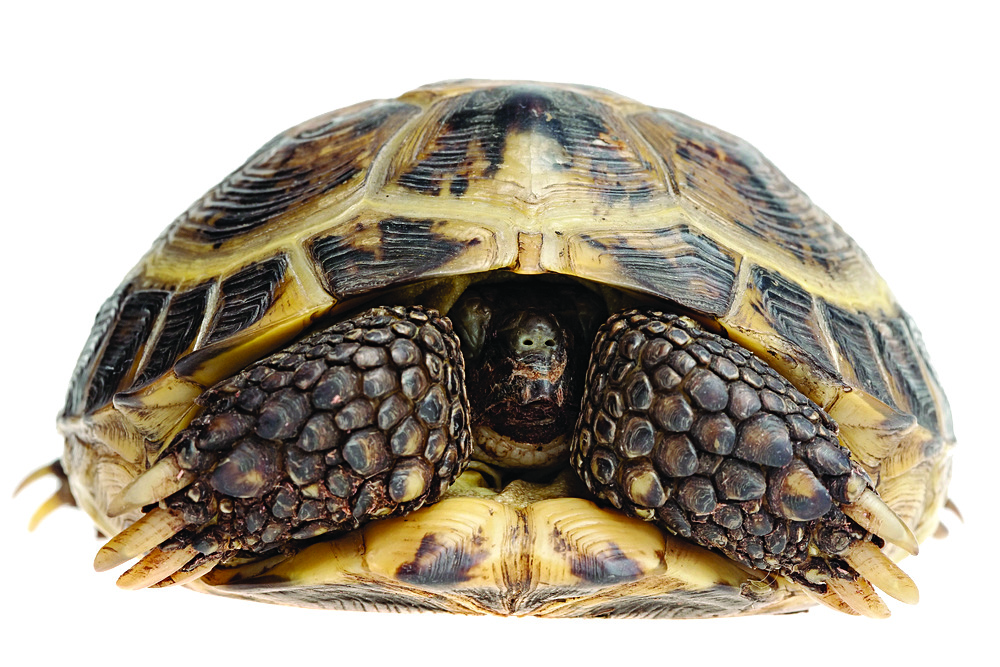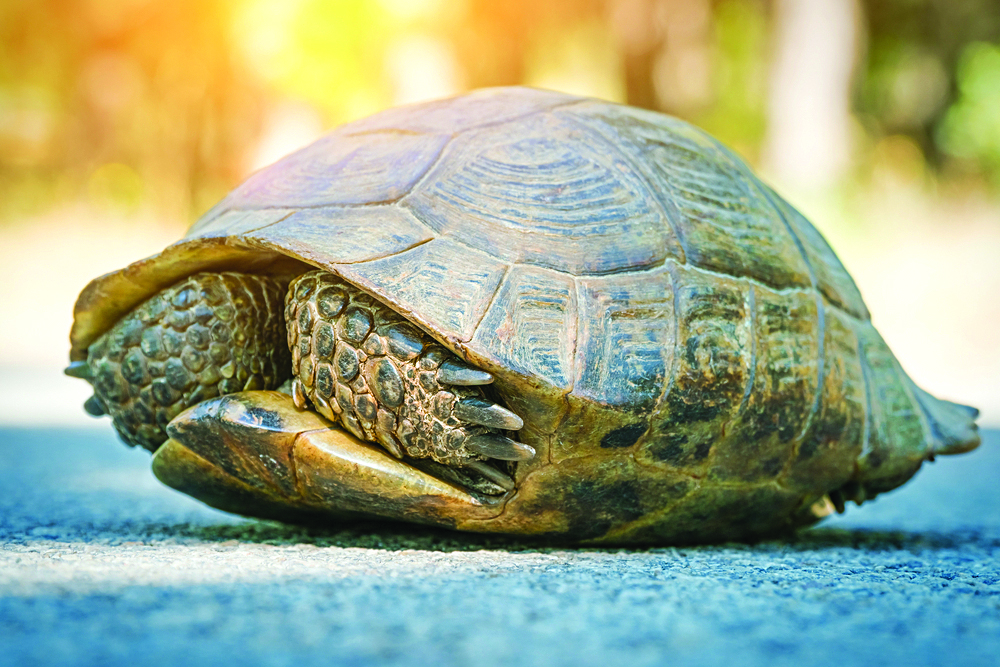Tortoises, the slow-moving land dwellers of the Turtle family, have been fascinating humans for centuries. Not only are they adorable, but they also have some interesting characteristics that may surprise you.
From what makes them different from Turtles to the sensitivity of their shells, let’s explore eight facts you might not know about Tortoises.
THE ALDABRA GIANT TORTOISE
TORTOISES AND TURTLES ARE NOT THE SAME
A common misconception is that a Tortoise and a Turtle are the same. However, this is not the case.
A turtle is any shelled reptile who belongs to the order Chelonii, while the word Tortoise refers to terrestrial Turtles. This means that not all Turtles are Tortoises, but all Tortoises are Turtles.
The easiest way to tell them apart is by looking at their feet and shells. Water Turtles have flippers or webbed feet with long claws, and their shells are flatter and more streamlined, while Tortoises have stubby Elephant-like feet and heavier, domed shells.
A GROUP OF TORTOISES IS CALLED A CREEP
Although the name may sound creepy, a group of Tortoises is called a creep.
Creeps are not a common sight. This is because Tortoises are solitary creatures, and they tend to roam on their own. In fact, while mothers are known to be protective of their eggs, they don’t show any further concern for their young once the eggs hatch.
It’s therefore not surprising that Tortoises aren’t found in large groups, making a “creep” an uncommon and interesting phenomenon to observe.
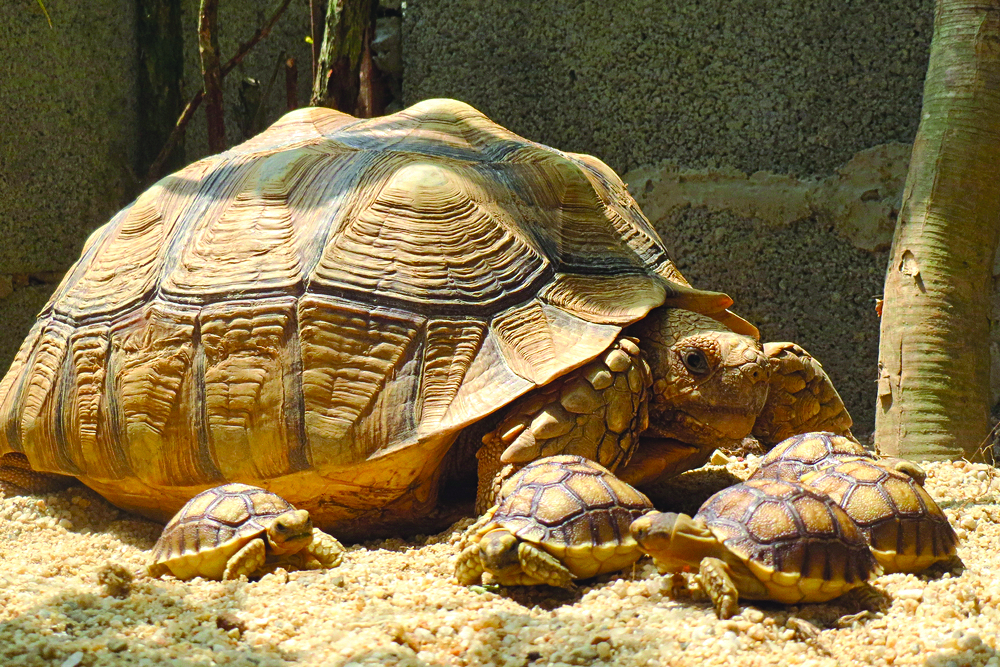
Mother Tortoises couldn’t care less about their young after the eggs hatch! Tortoises in general are solitary creatures.
TORTOISES INSPIRED THE ANCIENT ROMAN MILITARY
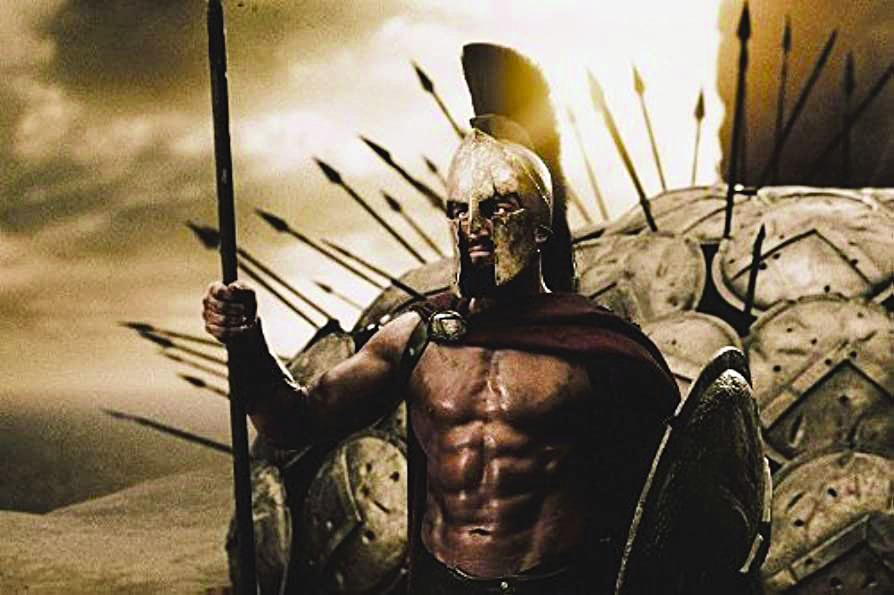
The ancient Roman military was inspired by the protective nature of Tortoises.
During sieges, soldiers would get in testudo formation, named after the Latin word for Tortoise. The men would form rows and hold shields in front or above them to completely shelter the unit.
In the movie 300, the Spartans were in testudo formation while in battle.
TORTOISES HAVE BOTH AN EXOSKELETON AND AN ENDOSKELETON
The shell of a Tortoise is not just a simple outer covering. It is composed of three main parts: the top carapace, the bottom plastron, and the bridge that fuses these pieces together.
But what you can’t see is the fact that every Tortoise has ribs, a collarbone, and a spine inside their shell, which make up their endoskeleton.
The shell is a part of a Tortoise’s exoskeleton, and one cannot survive without it— nobody should attempt to remove a Tortoise’s shell.
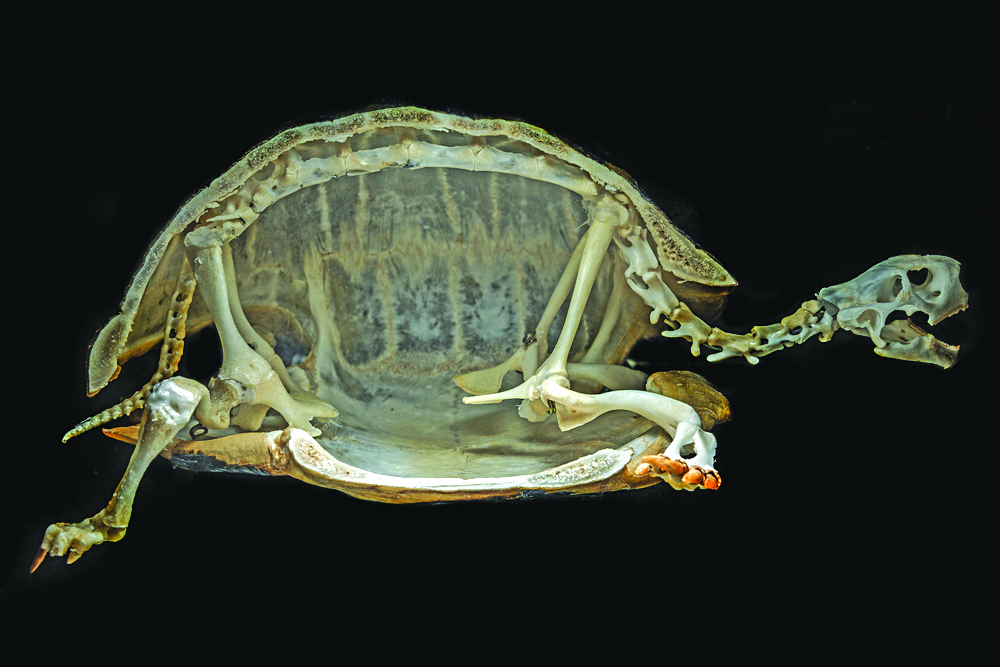
THE SCALES ON THE CARAPACE ARE CALLED SCUTES
The scutes on the carapace of a Tortoise are made of the same keratin that is found in fingernails and hooves. These scutes protect the bony plates of the shell from injury and infection.
The growth rings around scutes can also be counted to determine the approximate age of wild Tortoises.
You can estimate the age of a tree by counting its rings. The same can be done by counting the growth rings around the scutes of a Tortoise!

THE LIGHTER THE SHELL, THE WARMER THE ORIGIN
Tortoises from hot places tend to have lighter-colored shells than those from cooler areas.
For example, the light tan Sulcata Tortoise originates from the southern part of the Sahara Desert. It’s thought that the lighter shells found in Tortoises from hotter climates help to reflect the sun’s rays and keep them cooler. On the other hand, Tortoises from cooler regions tend to have darker shells that absorb heat more effectively.
This is just one of the many fascinating adaptations Tortoises have developed to survive and thrive in their environments.
Light-colored shells reflect light, helping to disperse heat in Tortoises living in hot places.

TORTOISES CAN HOLD THEIR BREATH FOR A LONG TIME
Tortoises may not be able to swim, but they are extremely tolerant of carbon dioxide.
This is a good thing because they have to empty their lungs before they can go into their shells. You may often hear them exhale when they are startled and decide to hide.
Tortoises have to exhale before they can go into their shells.
TORTOISE SHELLS ARE SENSITIVE TO TOUCH
Historically, human beings believed that the shells of Tortoises and Turtles were made of hair or bone and therefore wouldn’t have any nerves. However, they were wrong, as a Tortoise actually has nerves throughout the carapace, making it a highly sensitive part of their body.
Yes, you heard that right! The shells have nerve endings, allowing Tortoises to feel every rub, pet, or scratch. This is why a Tortoise companion might enjoy being stroked gently on the outside of their shell.
The next time you interact with a Tortoise, remember that their shells are not just a hard and insensitive shell, but living, sensitive part of their bodies.
A Tortoise’s shell is made of living tissue with nerve cells and is sensitive enough to feel pain or pleasure.

AMAZING REPTILES
Tortoises might seem like slow and clumsy animals, but they are actually sensitive and intelligent creatures. Whether you have a Tortoise companion or you’re just discovering these amazing beings for the first time, be sure to appreciate the incredible things that make them truly special.




